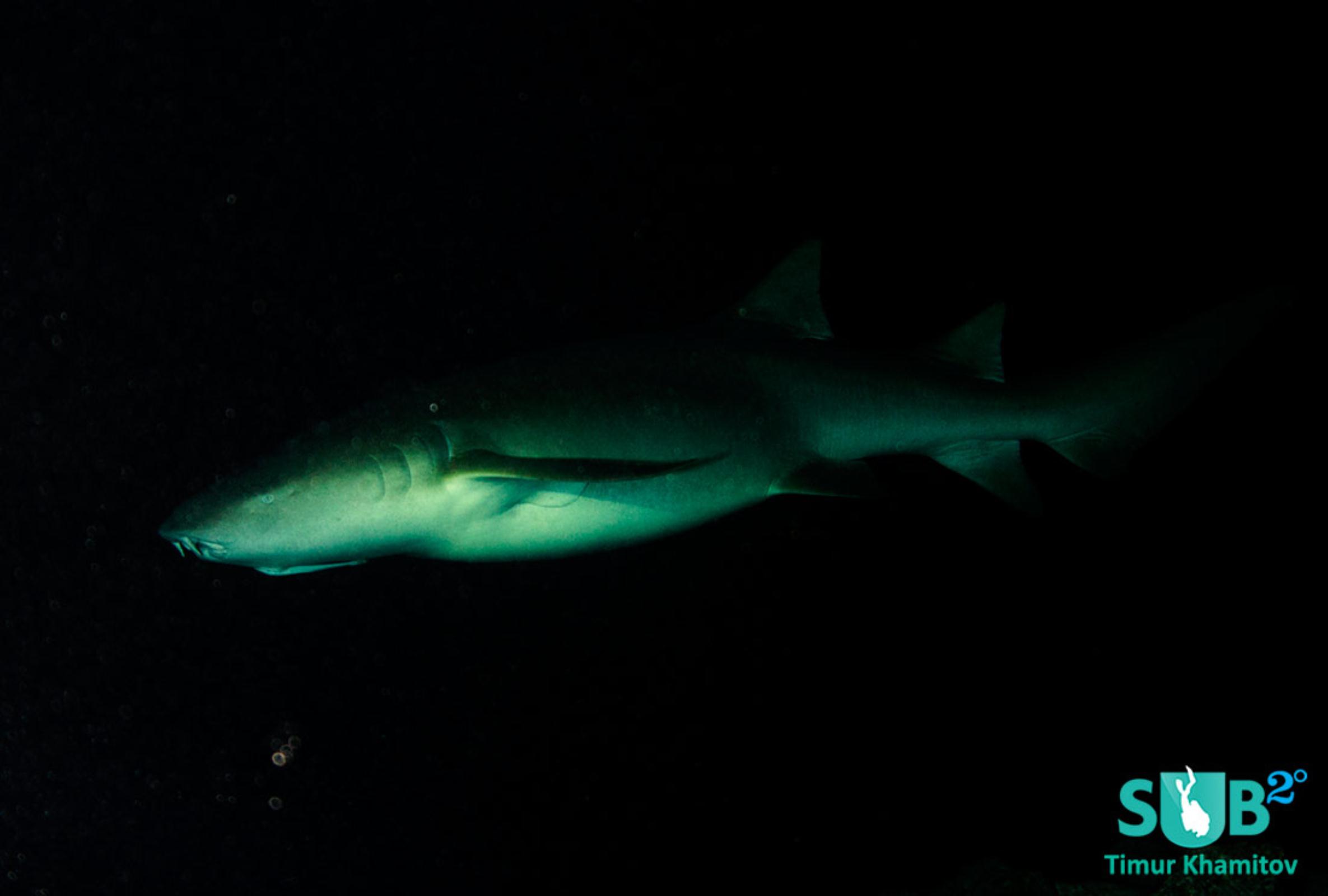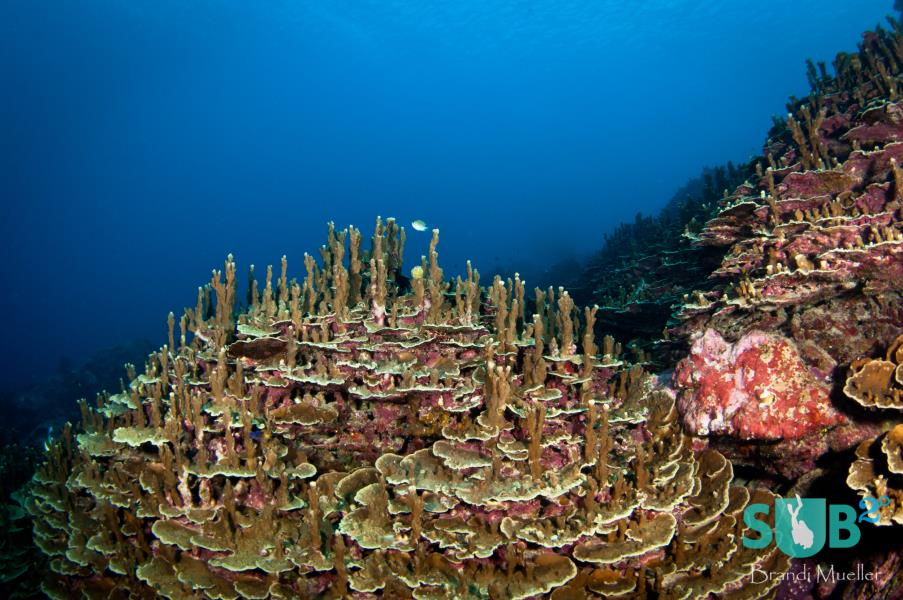
Published
Sep. 13,
2013
Channel Diving in the Maldives
What is Channel Diving?
Channels are usually formed as gaps or breaks in the atoll that form entrances and exits to the inside eco system. Diving in them is best with a medium strong incoming current from the East. The current strongly affects the quality and nature of the dive. Often with a strong outgoing current there is less fish life and the dive becomes more challenging.
The beauty of channel diving is the amount of fish life in general, but particularly the fact that pelagic life rides the current, waiting to hunt smaller fish that slip from their schools. The mix of pelagic life and reef life creates an interesting mix of sights and behaviors.
Option 1: Crossing the channel
A small to medium incoming current is ideal for crossing the channel; the oceanic current pushes you along the outside drop off from one corner to the next.
It’s important to be further away from the reef and below the lip of the channel floor to avoid being swept into the channel. Often this means that you have to be at 35-40 meters deep - staying shallower would mean not being able to cross the channel.
If the current isn’t too strong, you will see a lot of marine life hanging on the edge of the channel- they do this because they breathe the water being pushed through their gills, and with the current passing through them, they don’t have to swim.
Option 2: Hooking on to one of the corners
This is usually done when the current is medium to strong. Drift along the outside wall until you reach one of the corners, hook in with a reef hook, and observe the marine life activity around you.
In the Maldives, it can be really challenging to cross the channel in a strong current. Often the channel changes direction as you cross, and by the time you reach the opposite lip of the channel, the current starts working against you if done with an incoming current. It is possible to run into a washing machine style scenario that will have you kicking hard to get out. It is best to stay close to your dive guide and mimic him/her very closely.
Sharks and eagle rays are often gliding on the current at this point, as well as hunting and feeding on fusiliers. You get to observe all the action from the corners.
Things to be careful about
The converging currents can create washing machines of a sudden mix of upward and downward current. Often it is necessary to swim through this type of current for a stretch to get to the other side of the channel. To negate this, release your SMB and become negatively buoyed - essentially hanging off the SMB.
On channel dives, it is critical to bring SMBs, reef hooks, and ideally a nautilus life line or similar product, as there is a fair chance of being swept out into the blue.
Featured Posts
-

The Unique Diving of Guam
Often overlooked, the island of Guam is surrounded by fantastic diving. White sand beaches and calm, clear waters invite divers to explore the ocean and see the healthy coral and plentiful fish populations below.
-

Papua New Guinea's Milne Bay
Papua New Guinea is one of the world's best dive destinations and Milne Bay offers fantastic reef diving and muck diving in the same location. Clear waters and phenomenal creatures make for an excellent dive trip that’s enti...
-

Sharks of the Bahamas
Shark feeding dives are no longer just for the avid diver or thrill seekers. Bahama's crystal clear waters are the best environment to come nose to nose with a frenzied school of sharks after they smelled the chum.


Load more comments